¶ Introduction
An important concept in modern WiFi deployments is the selection of a proper channel width. Wider channel width is achieved through a process called “channel bonding” - in which multiple 20MHz channels can be combined to a wider 40, 80, or even 160MHz channel. The benefit of channel bonding is that you can achieve very high theoretical data rates, however the downside is that the number of available channels is greatly reduced - causing co-channel interference.
In most enterprise environments, a channel width of 20MHz is perfectly suitable. In some cases where it is necessary to have a very high data rate, 40MHz channels can be used. 80MHz or higher channel width is almost never a good option, as it becomes very difficult to avoid co-channel interference. It’s important to note that while channel bonding is possible on both the 2.4GHz and 5GHz bands, it should only ever be used on the 5GHz band. Channel bonding on 2.4GHz will introduce interference that negates any performance benefit.
¶ Related Wyebot Signature
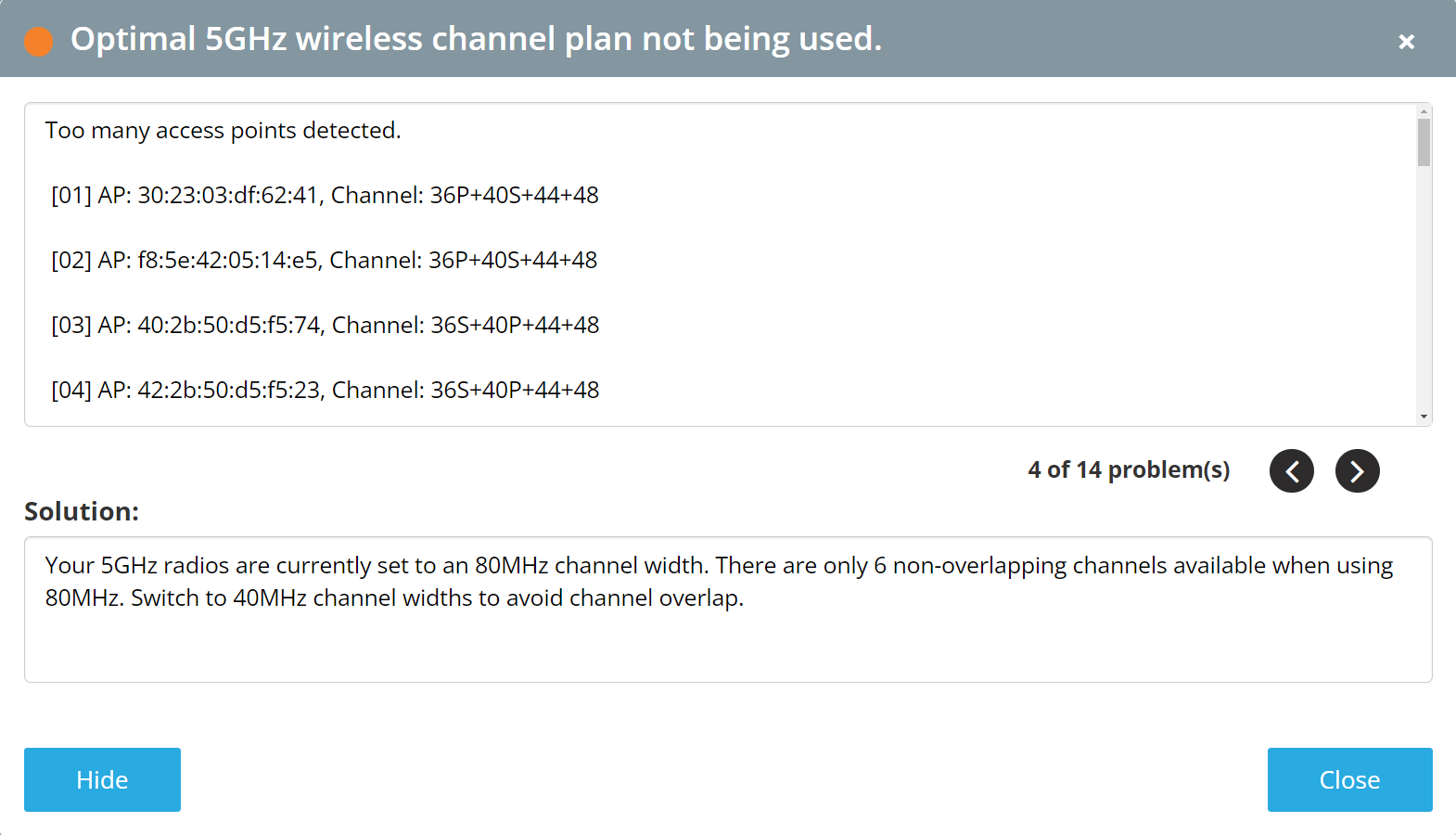
¶ Instructions
Instructions showing changes for an AP4000 managed by Extreme Cloud IQ
- Navigate to Manage > Devices, click on one of your APs.

- Click on Configure > Device Configuration. The Device Template field will tell you which template is used by this AP model.
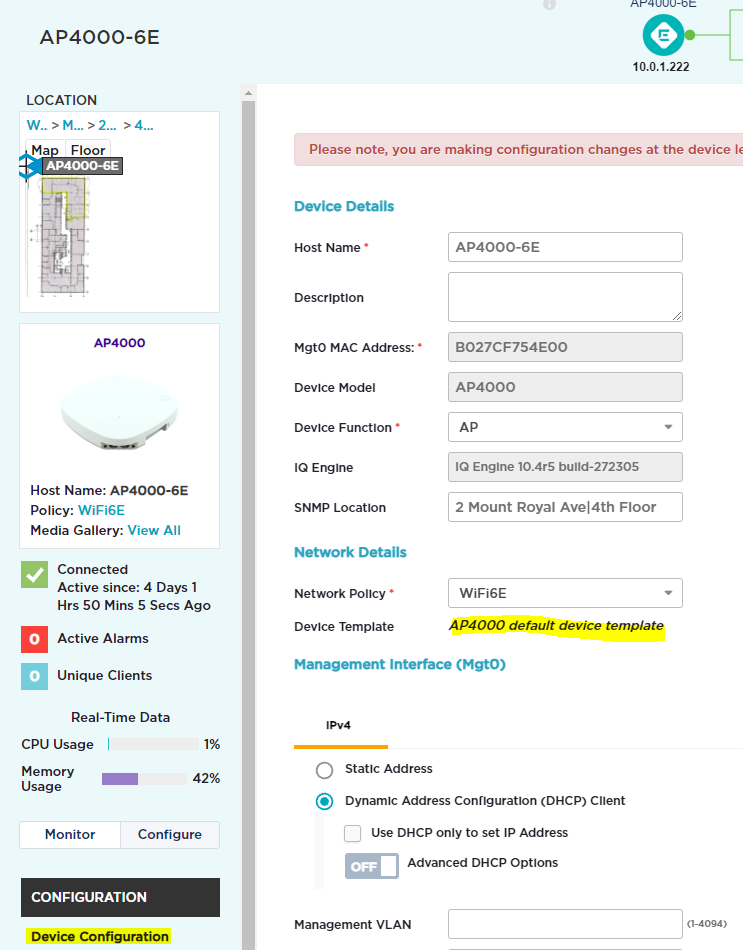
- Navigate to Configure > Common Objects > AP Template.
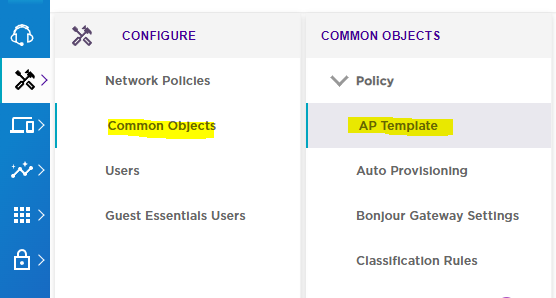
- Click on the matching AP template from the list. In this example, it is the template named AP_4000-default-template.

- Under Wireless Interfaces, select the interface that is used for 5GHz operation. In this example, it was WiFi1. Depending on your AP model it may be a different radio. Then, next to Radio Profile, click the Edit button.
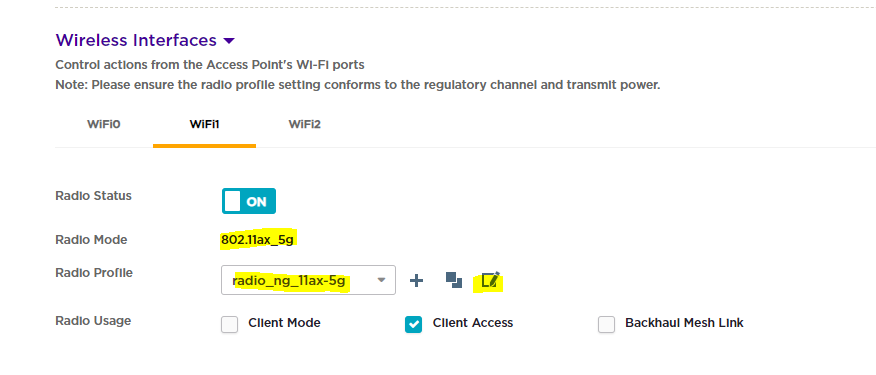
- You will now be on the Edit page for the Radio Profile. Scroll down to the section titled Channel Selection. Change the channel width by clicking the buttons labeled 20MHz, 40MHz, etc.
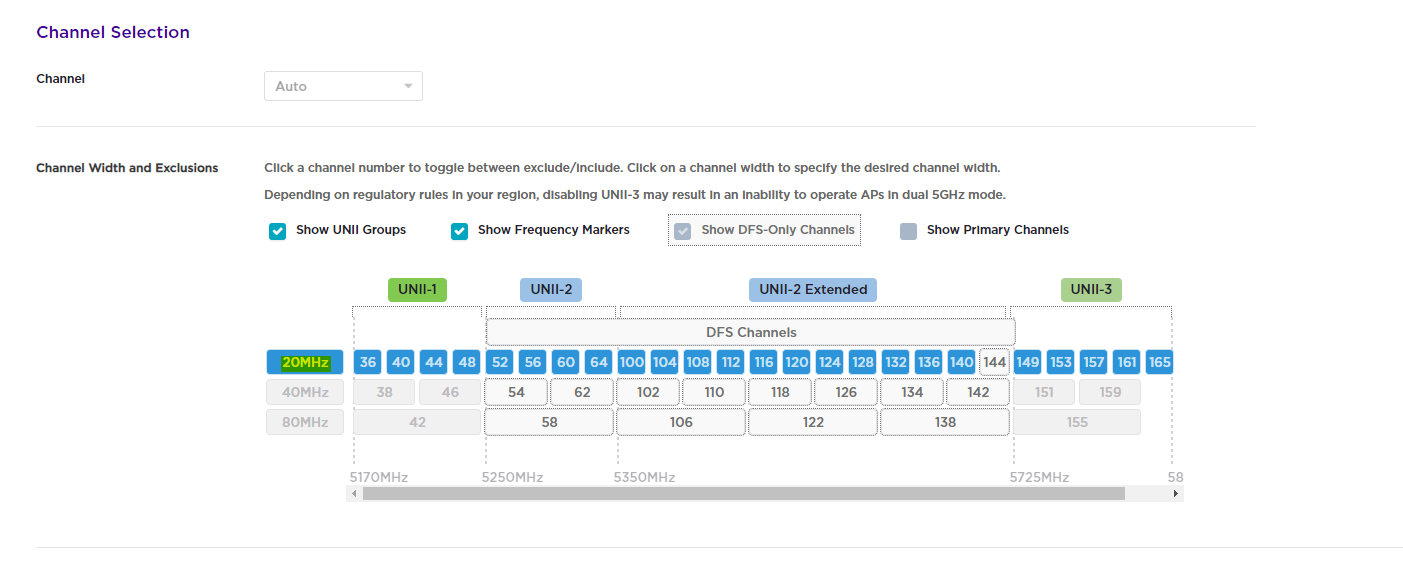
- Click Save Radio Profile to apply your changes.

If you have multiple AP models, it is possible that they could be using a different Radio Profile. Repeat steps 1 and 2 to validate the profile used by the various models. If you are using a custom device template instead of the default one, make sure to edit the Radio Profile used by that template.